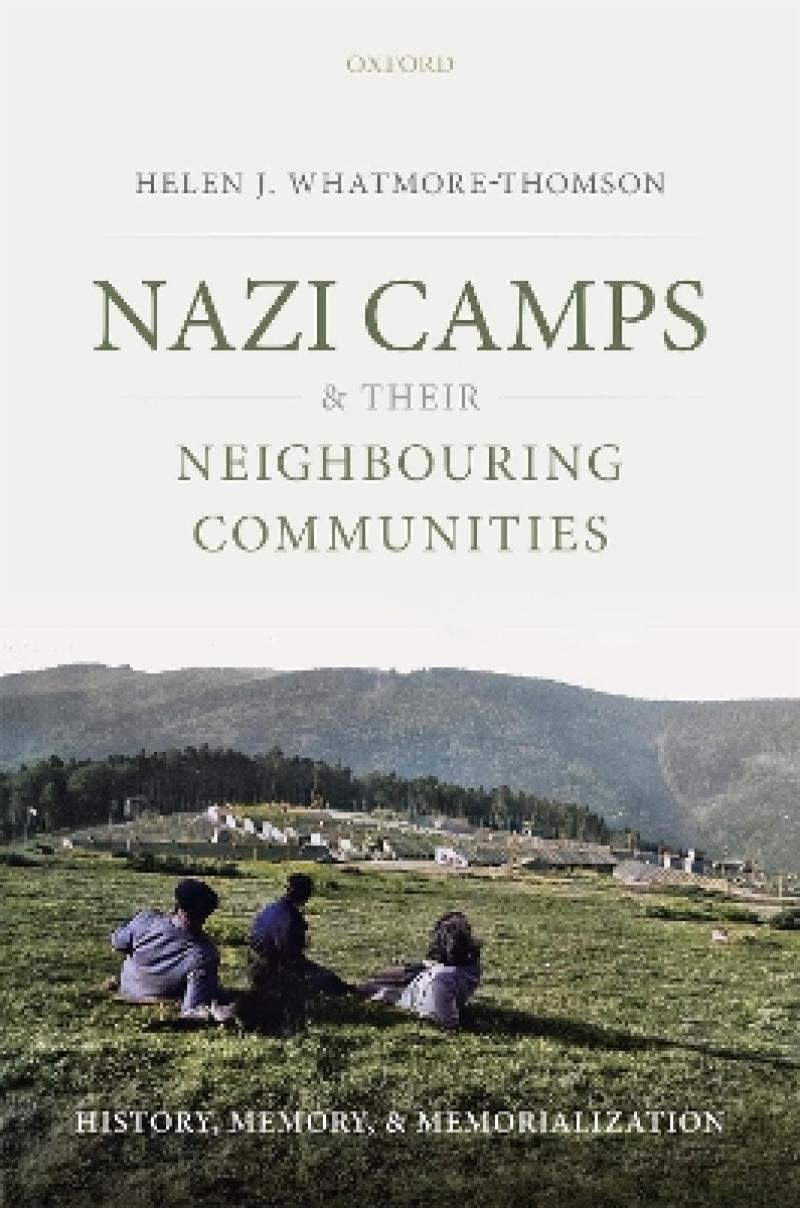Nazi concentration camps (KZs) were established in the vicinity of local communities across Europe. Arguably, the individuals in these communities were not perpetrators, nor were they victims, like those imprisoned in the camps. Yet they did not simply stand by on the sidelines, passive, uninvolved, or untouched by the presence of the camps. Local citizenries engaged in ambiguous and highly interactive relations with their local camps, willingly and unwillingly working for the perpetrators--but also aiding inmates.
After the war, Nazi camps were often repurposed, initially as post-war internment camps and subsequently as penal institutions, military compounds, or housing encampments. Over time, many were transformed into sites of memory to commemorate Nazi persecution. Governments and groups of survivors have often determined the re-use and commemoration of KZs, but these processes take place on local territory and have direct implications for nearby communities. Therefore, locals have continued to interact with camp legacies.
Nazi Camps and their Neighbouring Communities examines how local populations evolved to live with the Nazi camps both before and after the war. Helen J. Whatmore-Thomson evaluates the different sorts of locality-camp relationships that developed in wartime France, Germany, and the Netherlands, and how these played out in post-war scenarios of re-use and memorialization. Using three case studies of major camps in western Europe, Natzweiler-Struthof, Neuengamme, and Vught, the book traces the contested developments of these camp sites in the changing political climates of the post-war years, and explores the interrelated dynamics and trajectories of local and national memory.
Read more
Nazi concentration camps were built close to local populations all across Europe. These nearby communities were involved with the camps in a myriad of ways, and after the war, they continued to interact with camp legacies. This study examines locality-camp relationships and how these played out during and after the war.
Read more
Introduction
1: 'You Always Had One Foot in the Camp'. Wartime Interactions between Camps and Communities
2: Camps after Camps: Internment and Memorialization in the Early Post-War Period
3: Pragmatism and Memorialization: The Afterlives of Former KZs in the 1950s and Early 1960s
4: Narratives, Agents, and Issues: Memorial Politics in the 1950s and Early 1960s
5: The Relative Quiet of KZ Memorialization
Conclusion
Read more
Brings together studies of concentration camp history and memory in three countries (France, Germany, and the Netherlands)
Offers new interpretations of the trajectories of local interaction with the sites of three major concentration camps
Provides insight into localized patterns of behaviors in the midst of national war histories and heritages of guilt and myth
Read more
Helen J. Whatmore-Thomson has worked as an associate lecturer in Modern European History at Derby University and Goldsmiths, and also as research fellow at the German Historical Institute London on the mini-series British Envoys to the Kaiserreich, 1871DS1897 (2016).
Read more
Brings together studies of concentration camp history and memory in three countries (France, Germany, and the Netherlands)
Offers new interpretations of the trajectories of local interaction with the sites of three major concentration camps
Provides insight into localized patterns of behaviors in the midst of national war histories and heritages of guilt and myth
Read more
Product details
ISBN
9780198789772
Published
2020
Publisher
Oxford University Press
Weight
642 gr
Height
238 mm
Width
163 mm
Thickness
25 mm
Age
P, 06
Language
Product language
Engelsk
Format
Product format
Innbundet
Number of pages
308
Author
